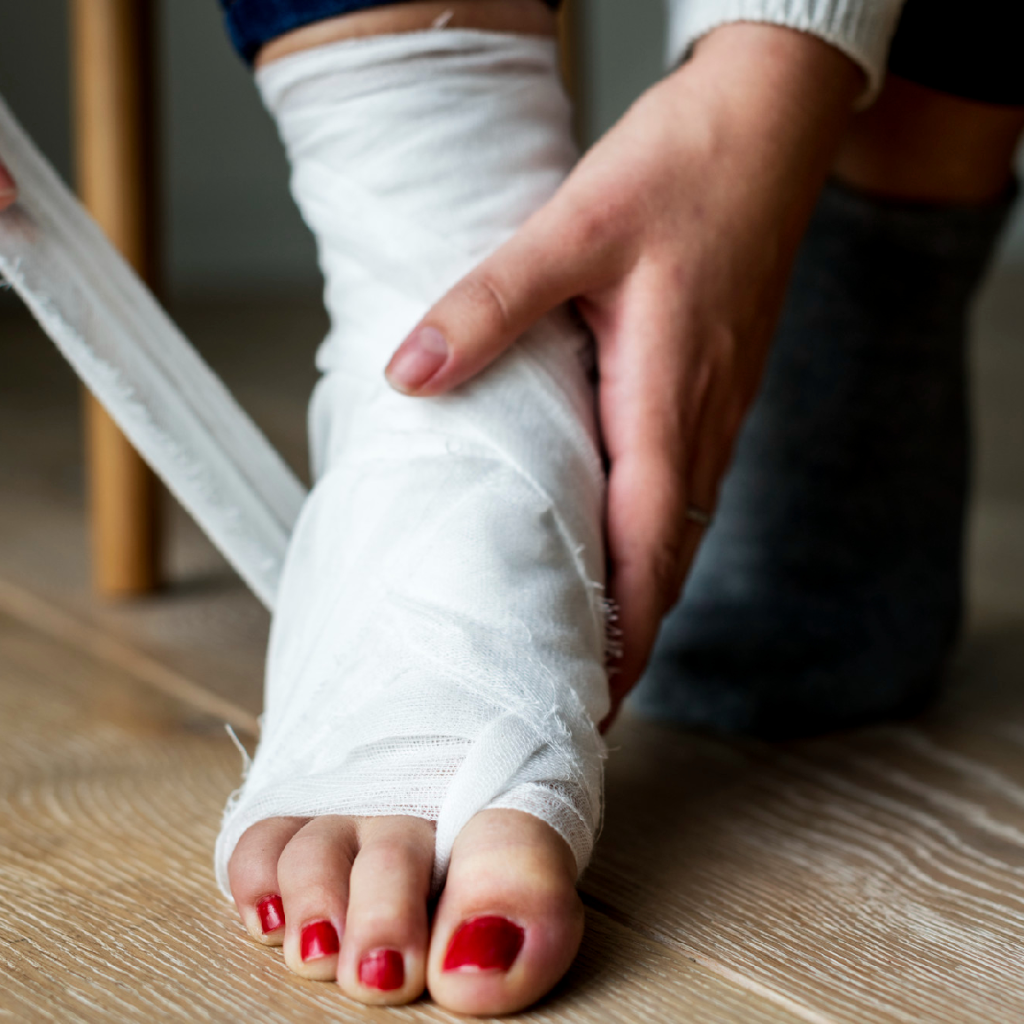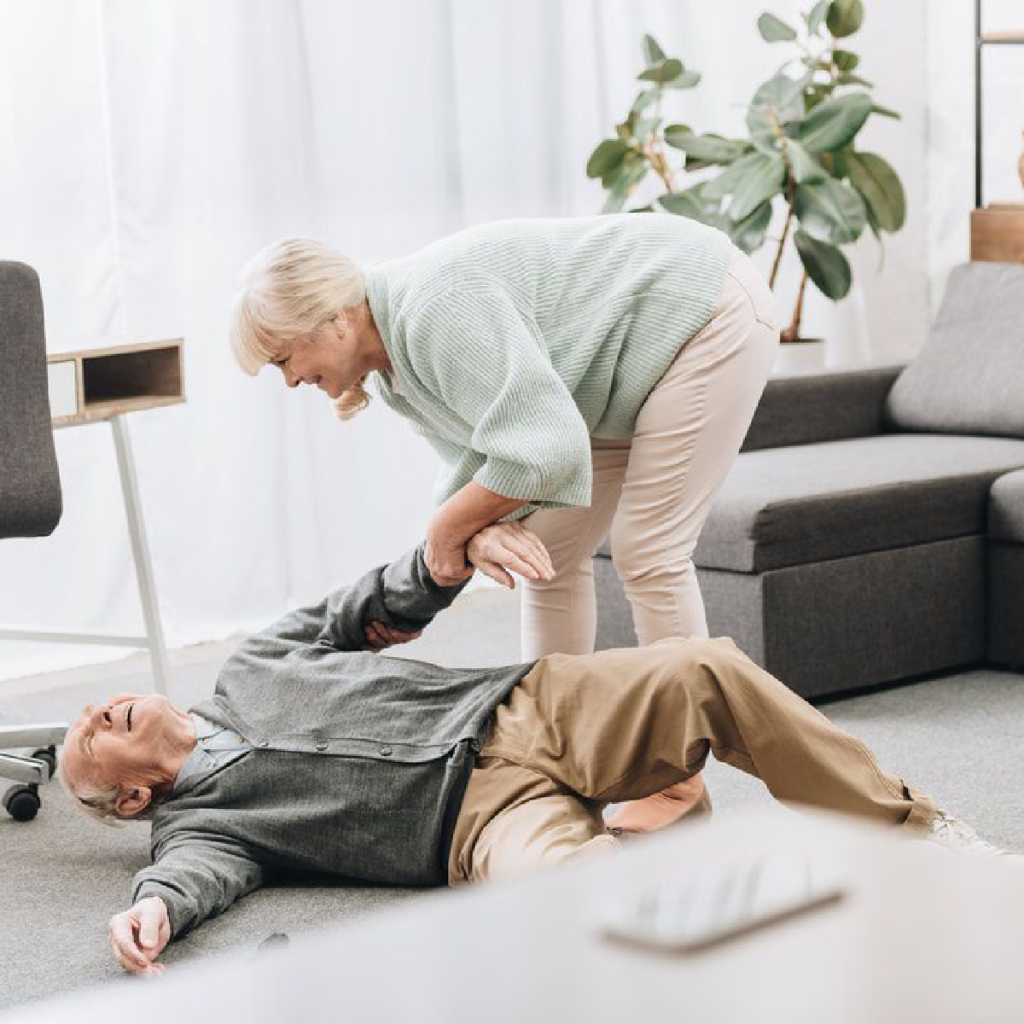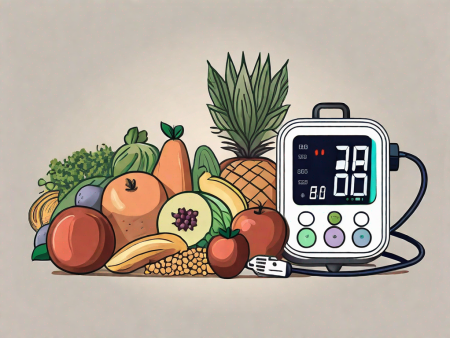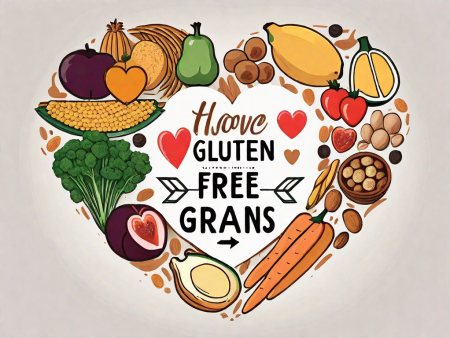Learn essential precautions to prevent falls and fractures in this comprehensive article.
How to Prevent Falls and Fractures: Essential Precautions
Falls and fractures are no laughing matter, but that doesn’t mean we can’t approach the topic with a playful spirit! So, let’s dive right in and uncover all the essential precautions you need to take to prevent those pesky slips and breaks.

Understanding the Risks of Falls and Fractures
Before we get into the nitty-gritty details, let’s take a moment to understand just how important it is to prevent falls and fractures. Did you know that age can have a huge impact on bone health? That’s right, as we get older, our bones become more fragile, making us more prone to falls. But that’s not all! There are also common causes, such as slippery surfaces and poor lighting, that can increase the risk of taking a tumble.
When it comes to bone health, age is a significant factor to consider. As we journey through the years, our bones undergo changes that can affect their strength and resilience. The process of bone remodeling, where old bone tissue is replaced by new bone tissue, becomes less efficient with age. This results in a gradual loss of bone density, making our bones more susceptible to fractures. It’s like a building that slowly weakens over time, making it more likely to crumble under pressure.
But age is not the only player in this game. Environmental factors can also contribute to the risk of falls and fractures. Slippery surfaces, for example, can turn a simple walk into a treacherous journey. Whether it’s a wet floor, icy pavement, or a slick tile, these surfaces can be a recipe for disaster. One wrong step, and you could find yourself on the ground, nursing a painful injury.
Uneven flooring is another culprit that can catch us off guard. Whether it’s a cracked sidewalk, a loose carpet, or a bumpy road, these uneven surfaces can throw off our balance and stability. It’s like walking on a tightrope, with every step becoming a potential hazard.
And let’s not forget about the importance of proper lighting. Dimly lit areas can conceal potential dangers, making it difficult to see obstacles in our path. A poorly lit staircase, for instance, can be a recipe for disaster, as each step becomes a guessing game. Without adequate lighting, our ability to detect hazards is compromised, increasing the likelihood of a fall.
The Impact of Age on Bone Health
As the saying goes, “age is just a number,” but when it comes to bone health, that number can make a big difference. Our bones become less dense as we age, which means they are more likely to break. So, it’s important to understand the impact age can have on our skeletal system and take the necessary precautions.
As we grow older, our bodies undergo various changes, and our bones are no exception. The process of bone remodeling, which involves the removal of old bone tissue and the formation of new bone tissue, becomes less efficient with age. This imbalance between bone resorption and formation can lead to a decrease in bone density, making our bones more fragile and prone to fractures.
Additionally, hormonal changes that occur with age can also affect bone health. For example, women going through menopause experience a decline in estrogen levels, which plays a crucial role in maintaining bone density. This hormonal shift can accelerate bone loss and increase the risk of fractures.
But age-related bone loss is not inevitable. By adopting a healthy lifestyle, we can minimize the impact of aging on our bones. Regular exercise, especially weight-bearing activities like walking or dancing, can help strengthen our bones and improve balance, reducing the risk of falls. A well-balanced diet rich in calcium and vitamin D is also essential for maintaining bone health. These nutrients provide the building blocks for strong bones and can help slow down age-related bone loss.
Common Causes of Falls
Picture this: you’re walking down the street, minding your own business, and suddenly, you lose your footing. Ouch! But what caused it? Well, there are many culprits of falls, including slippery surfaces, uneven flooring, and poor lighting. By being aware of these common causes, you can take steps to avoid them and keep yourself on solid ground.
Slippery surfaces are like a hidden enemy, waiting to strike when we least expect it. Whether it’s a freshly mopped floor, a wet sidewalk after rainfall, or a polished marble surface, these slippery terrains can turn a simple stroll into a dangerous adventure. It’s like walking on ice, where every step requires caution and balance.
Uneven flooring is another hazard that can catch us off guard. Whether it’s a cracked pavement, a loose tile, or an unexpected step, these irregular surfaces can disrupt our gait and stability. It’s like navigating through a minefield, where each misstep can lead to a stumble or fall.
Poor lighting can also contribute to the risk of falls. Imagine walking into a dimly lit room, where shadows dance and objects blend into the darkness. Without proper illumination, our depth perception and ability to detect obstacles are compromised, making it easier to trip over unseen hazards. It’s like walking in the dark, where every step becomes a leap of faith.
Other factors, such as cluttered pathways, loose rugs, or improper footwear, can also increase the likelihood of a fall. It’s important to be mindful of our surroundings and take proactive measures to minimize these risks. By keeping our environment well-lit, decluttered, and maintaining proper footwear, we can reduce the chances of a fall and protect our well-being.
The Importance of a Safe Home Environment
Home is where the heart is, but it’s also where many falls happen. That’s why it’s crucial to make sure your living space is fall-proofed and safe for you and your loved ones. With just a few simple tips and tricks, you can transform your home into a fortress of fall prevention.
Creating a safe home environment goes beyond just tidying up and decluttering. It involves taking proactive measures to minimize the risk of accidents, especially when it comes to falls. By implementing safety precautions, you can ensure that your home remains a sanctuary of comfort and security.
Tips for Fall-Proofing Your Home
Let’s face it, accidents happen. But with a little bit of planning, you can minimize the risk of falls in your own home. From installing grab bars in the bathroom to securing rugs and cords, these small changes can make a big difference in keeping you safely upright.
One effective way to prevent falls is by installing grab bars in strategic locations throughout your home. These sturdy bars provide support and stability, especially in areas where slips and falls are more likely to occur, such as the bathroom. By having grab bars within reach, you can confidently navigate your way through slippery surfaces and reduce the chances of accidents.
Another important aspect of fall-proofing your home is securing rugs and cords. Loose rugs can easily trip you up, so it’s essential to use non-slip mats or double-sided tape to keep them in place. Additionally, cords and cables should be neatly organized and tucked away to prevent tripping hazards. By taking these simple steps, you can create a safer environment for everyone in your household.
Outdoor Safety Measures
While it’s important to create a safe environment indoors, we can’t forget about the great outdoors! Whether you’re out for a leisurely stroll or enjoying some sunshine in the garden, it’s crucial to take precautions to avoid falls. So, put on your walking shoes and let’s explore some outdoor safety measures!
When it comes to outdoor safety, proper footwear is key. Wearing shoes with good traction can significantly reduce the risk of slips and falls, especially on uneven or slippery surfaces. So, before you step outside, make sure you have the right shoes on to keep you steady and secure.
Another outdoor safety measure to consider is maintaining a well-lit pathway. Adequate lighting not only enhances the aesthetics of your outdoor space but also improves visibility, making it easier to navigate and avoid potential hazards. Install motion-sensor lights or solar-powered path lights to ensure that your walkways are well-illuminated, even during the darkest hours.
Furthermore, it’s important to keep your outdoor areas free from debris and obstacles. Regularly inspect your garden or patio for any loose stones, branches, or other tripping hazards. By keeping your outdoor space clean and well-maintained, you can create a safer environment for outdoor activities and relaxation.
Remember, safety should always be a top priority, whether you’re indoors or outdoors. By implementing these fall-proofing tips and outdoor safety measures, you can enjoy peace of mind knowing that you’ve taken the necessary steps to create a secure home environment for you and your loved ones.
Physical Health and Fall Prevention
We all know that staying active is good for our overall well-being, but did you know it can also help prevent falls? That’s right, regular exercise can improve balance, strength, and flexibility, making falls less likely. So, let’s lace up those sneakers and get moving!
The Role of Exercise in Preventing Falls
Exercise isn’t just about getting a killer workout or fitting into that little black dress. It can also play a crucial role in preventing falls. By engaging in activities that improve balance, such as yoga or tai chi, you can build the muscles needed to keep you steady on your feet.
Nutrition for Bone Strength
It’s not just exercise that can keep our bones in tip-top shape. Nutrition also plays a key role in maintaining bone strength. So, while you’re munching away on those delicious veggies, know that you’re also giving your bones the nutrients they need to stay strong.
Medical Factors in Fall Prevention
Okay, let’s face it. Sometimes, no matter how many precautions we take, there are medical factors that can increase our risk of falls. But fear not! By understanding these factors and staying on top of our health, we can still take essential precautions to keep ourselves safe.
Medications and Fall Risk
Did you know that certain medications can increase your risk of falling? It’s true! From dizziness to muscle weakness, some drugs can have side effects that make you more prone to taking a tumble. That’s why it’s important to talk to your doctor and understand how your medications might affect you.
Regular Health Check-ups and Their Importance
When was the last time you went for a check-up? Regular visits to your healthcare provider not only help catch and treat any potential health issues but can also help identify factors that may increase your risk of falls. So, don’t be shy! Schedule that appointment and take control of your health.
Mental Health and Fall Prevention
We often focus on the physical aspects of fall prevention, but did you know that mental health plays a role too? Yep, stress and anxiety can have a big impact on our balance and coordination, increasing the likelihood of falls. So, let’s dive into the world of mental health and fall prevention.

The Influence of Stress and Anxiety on Falls
Life can be stressful, and we’ve all experienced those moments when the weight of the world feels like it’s bearing down on our shoulders. But did you know that stress and anxiety can actually throw off our balance and make us more susceptible to falls? By managing our mental well-being, we can keep our feet firmly planted on the ground.
Cognitive Health and Fall Risk
Our brains are incredible organs, but they need a little love and care too. Cognitive health, or the functioning of our brain, can impact our ability to navigate the world safely. That’s why it’s important to keep our minds sharp through activities like puzzles, reading, and socializing. By doing so, we can reduce the risk of falls and fractures.
So, there you have it! A playful and informative guide to preventing falls and fractures. By understanding the risks, creating a safe living environment, taking care of our physical and mental health, and staying on top of medical factors, we can all enjoy a life free from the dreaded “oops, I fell” moments. Stay safe, stay upright, and remember, laughter is the best medicine!







I don’t think the title of your article matches the content lol. Just kidding, mainly because I had some doubts after reading the article.